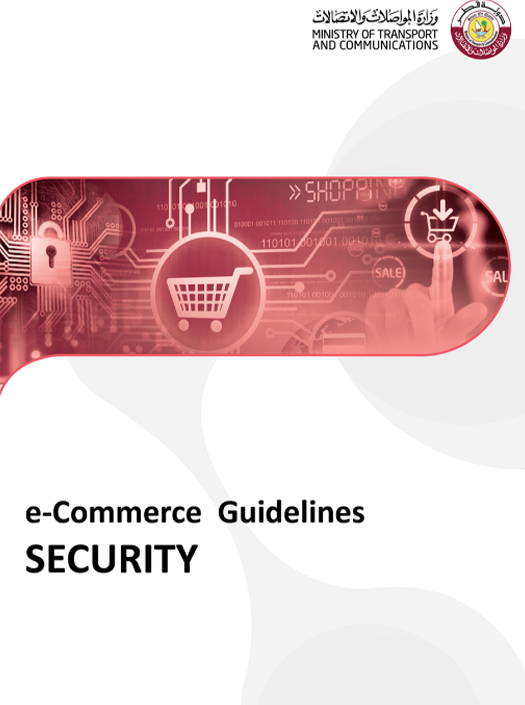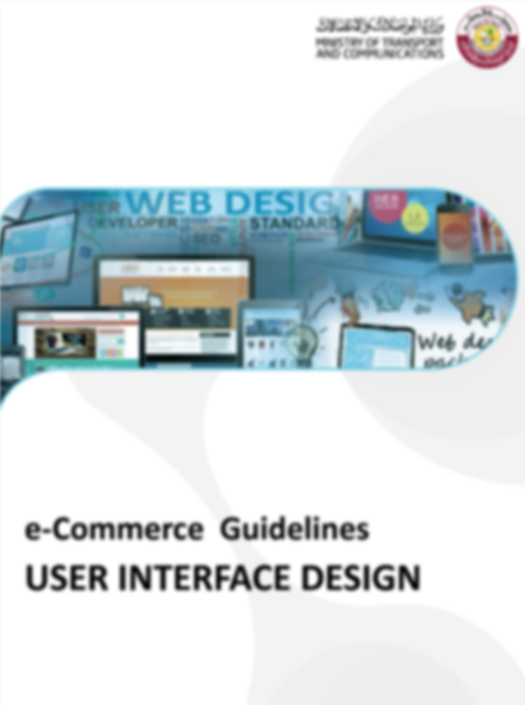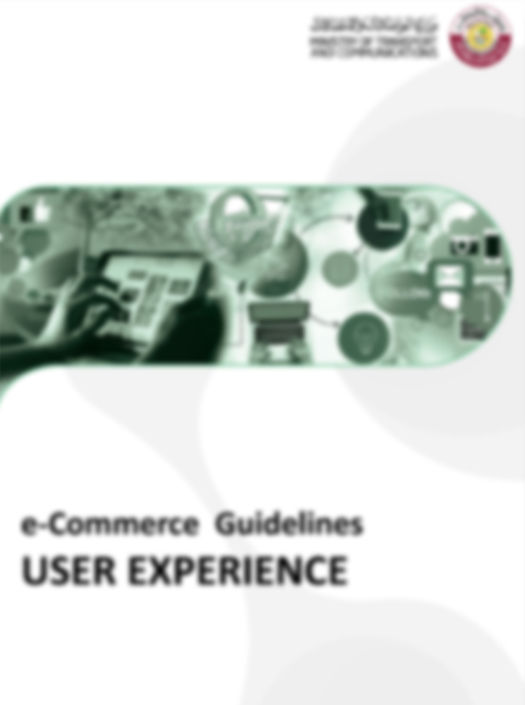eCommerce Guidelines
Several eCommerce guidelines have been specifically developed by MCIT to guide and help Qatar’s
eMerchants understand and achieve eCommerce best practice. Please click on the links below to access
more information and MCIT eCommerce downloads:
Terms and Conditions
Balanced Terms and Conditions are a crucial aspect of any eCommerce business. Online businesses and websites must be governed by comprehensive Terms and Conditions in order to foster a sense of confidence of both merchants and consumers across all eCommerce interactions and transactions.
These guidelines should be used as an important framework when creating Terms and Conditions for eCommerce websites, especially if your platform is B2C and thus primarily aimed at the public consumer. The guideline includes effective presentation of key documents, such as:
Identification (About)
Terms of use
Terms and Conditions
Privacy Policy

User Experience
A smooth and seamless user experience throughout the purchase process is one of the most important aspects of generating online revenue. It has been proven that any eCommerce website which invests in a client-focused user journey will enjoy increased returns and higher sales conversions.
The eCommerce User Experience Guideline assists eMerchants in developing and designing a website to the highest consumer-friendly standards and can be used as a framework that must be closely adhered to when building an eCommerce platform. Recommended user experience guidelines include:
Examples of Leading Platforms and Optimum User Experience
Marketing, SEO, Reporting and Analytics
National and International Delivery Methods
Data Protection and Intellectual Property
Terms of Use, Warranty and Cancellation Policies

User Interface Design
Apart from providing a seamless customer journey, eCommerce platforms must also be designed and built according to exacting standards, while still focusing on the ultimate user experience. Well-designed and robust websites benefit their customers by offering an error-free and flawless purchase process, leading to higher returning traffic and sales conversions.
eCommerce platforms that follow best practices and the highest standards of design and technology tools also save time and money through lower site maintenance and customer complaints costs. Recommended User Interface Design guidelines to be adhered to include:
Website Development Processes and Principles, and User Interface Design
Logistics and Delivery
Data Protection and Intellectual Property
Terms and Conditions, Warranty and Cancellation
Examples of Leading Platforms and Optimum User Experience







